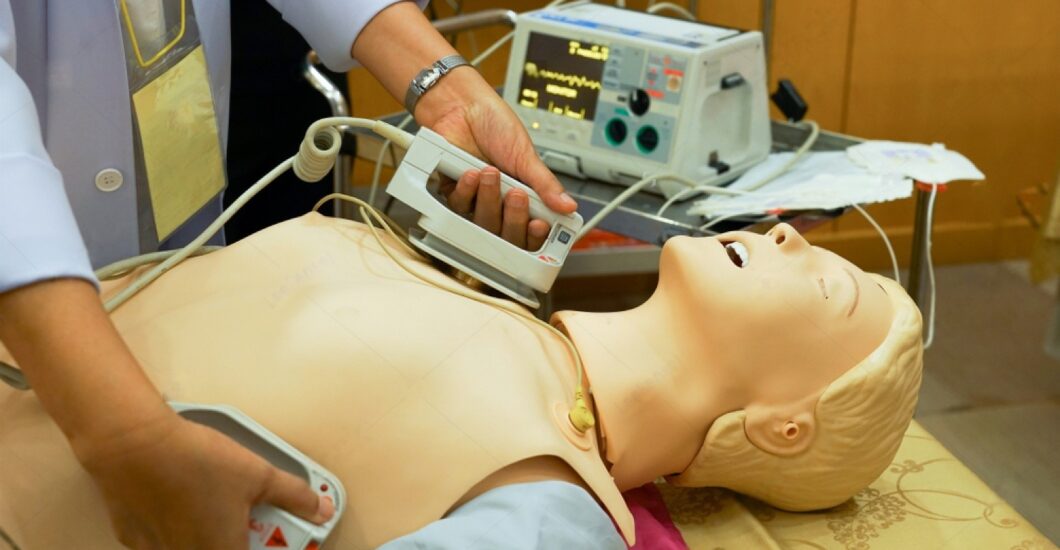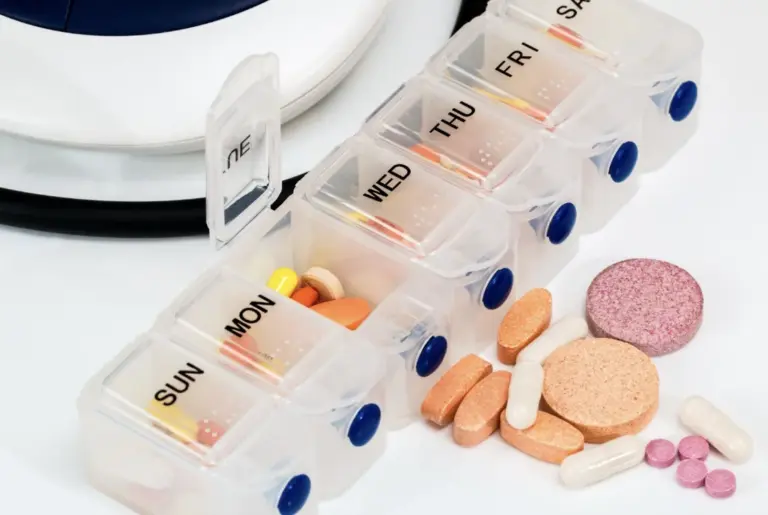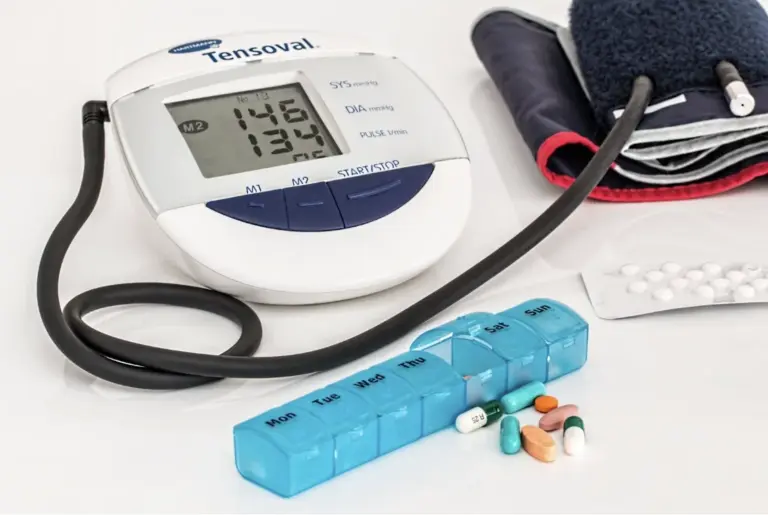What is Cardioversion Procedure?
Cardioversion meaning can be defined as a medical procedure used to restore a normal heart rhythm in individuals with certain types of abnormal heart rhythms or arrhythmias. It is most commonly employed for atrial fibrillation (AFib) or atrial flutter, irregular heart rhythms that originate in the upper chambers of the heart (atria). The procedure involves delivering a controlled electrical shock treatment for the heart, which helps reset the heart’s electrical signals and restore a normal rhythm.
Why do people need cardioversion therapy?
Cardioversion therapy is recommended for people with certain types of abnormal heart rhythms or arrhythmias. The procedure aims to restore a normal heart rhythm and improve overall heart function.
Here are some common reasons why people may need cardioversion therapy:
- Atrial Fibrillation (AFib): AFib is a common arrhythmia characterised by irregular and rapid heartbeats in the upper chambers of the heart (atria). Cardioversion is often used to restore a normal heart rhythm in individuals with AFib, especially if the irregular rhythm causes significant symptoms or increases the risk of complications like blood clots or heart failure.
- Atrial Flutter: Atrial flutter is another type of arrhythmia that causes a fast and regular heartbeat. In this condition, the heart’s electrical signals circulate rapidly in the atria. Cardioversion can be used to return the heart to a normal rhythm in individuals with atrial flutter.
- Supraventricular Tachycardia (SVT): SVT is a broad term encompassing various rapid heart rhythm disorders that originate above the ventricles. Cardioversion may be recommended to treat SVT when other interventions like medications or vagal manoeuvres fail to restore a normal rhythm.
- Electrical Cardioversion for Ventricular Arrhythmias: In certain cases, cardioversion can be used to treat life-threatening ventricular arrhythmias, such as ventricular tachycardia. However, this is less common than cardioversion for atrial arrhythmias.
- Medication Management: Cardioversion can be used to help individuals with persistent or long-standing atrial fibrillation or flutter to return to a normal rhythm, allowing medications to be more effective in controlling the arrhythmia.
Types of cardioversion
There are two main types of cardioversion: electrical cardioversion and chemical cardioversion.
Electrical Cardioversion:Electrical cardioversion involves delivering a shock treatment to the heart to restore a normal heart rhythm. It is also during a heart attack to restore the heart’s rhythm. Here’s how the procedure typically unfolds:
- Preparation: Prior to electrical cardioversion, the patient is usually sedated or placed under general anaesthesia to ensure comfort during the procedure. Electrodes or paddles are then placed on the patient’s chest and back.
- Synchronisation: In order to minimise the risk of a dangerous disruption in the heart’s rhythm, the electric shock is synchronised with the patient’s heartbeat using an electrocardiogram (ECG) during the procedure.
- Electric Shock: Once synchronisation is established, a carefully controlled electrical shock is delivered to the heart. This shock interrupts the abnormal heart rhythm and allows the heart’s natural pacemaker to regain control, restoring a normal heart rhythm.
- Monitoring and Observation: Following electrical cardioversion, the patient is closely monitored for a period of time to ensure that the heart rhythm remains stable. Continuous ECG monitoring and blood pressure checks may be performed during this observation period.
Chemical Cardioversion:Chemical cardioversion involves the use of medications to restore a normal heart rhythm. This method is often employed when electrical cardioversion is not immediately available or is not deemed appropriate for the individual. Here’s an overview of chemical cardioversion:
- Medication Administration: Certain antiarrhythmic medications, such as amiodarone, flecainide, or propafenone, are given intravenously or orally to help restore a normal heart rhythm.
- Evaluation and Monitoring: The individual’s response to the medication is closely monitored, typically through continuous ECG monitoring and periodic assessments of heart rate and rhythm.
- Effectiveness: The medication works by regulating the electrical impulses in the heart and facilitating the return to a normal rhythm. In some cases, multiple doses or adjustments to the medication may be necessary to achieve the desired outcome.
Procedure for Cardioversion
The procedure of Cardioversion is used to correct some forms of arrhythmias, or irregular heart rhythms, in patients and return them to a normal heart rhythm.
What can you expect before the procedure?
- Evaluation: Prior to cardioversion, your healthcare provider will conduct a thorough evaluation of your overall health, including a review of your medical history, physical examination, and various tests, such as blood tests, imaging studies, and electrocardiogram (ECG). These assessments help determine the appropriateness of cardioversion and guide the treatment plan.
- Medication Adjustments: Your healthcare provider may recommend adjustments to your medications before the procedure, particularly if blood thinners are needed to reduce the risk of blood clots. It’s important to follow any instructions regarding medication use and restrictions leading up to the procedure.
- Fasting: You will be asked to fast for several hours before the procedure to reduce the risk of complications related to anaesthesia.
What can you expect during the procedure?
- Anaesthesia or Sedation: Cardioversion can be performed with either general anaesthesia or conscious sedation, depending on your healthcare provider’s recommendation and the specific circumstances. These approaches help ensure your comfort during the procedure.
- Electrodes/Paddles Placement: Electrodes or paddles are placed on your chest and back. These electrodes are connected to a cardioversion machine that delivers an electric shock to the heart.
- Electric Shock Delivery: The electrical shock is administered, typically in synchronisation with your heartbeat, to restore a normal heart rhythm. The shock lasts for a very short duration.
What can you expect after the procedure?
- Monitoring: Following cardioversion, you will be closely monitored to assess your heart rhythm and vital signs. Continuous ECG monitoring may be performed to ensure the heart rhythm remains stable. Blood pressure checks and additional assessments may also be conducted during the observation period.
- Recovery and Discharge: Once your heart rhythm stabilises, you will be moved to a recovery area where you will be monitored until you are fully awake and stable. The length of this recovery period can vary. Afterwards, you will receive discharge instructions, which may include guidance on medication, activity restrictions, and follow-up appointments.
What are the risks of having a cardioversion?
While cardioversion is generally considered safe, there are potential risks and complications associated with the procedure, which may include:
- Blood Clots: Cardioversion can increase the risk of blood clots, particularly if you have certain risk factors or conditions. To minimise this risk, your healthcare provider may prescribe blood-thinning medications or perform a transesophageal echocardiogram (TEE) to assess the presence of blood clots before the procedure.
- Skin Irritation/Burns: The electrodes or paddles used during cardioversion may cause skin irritation or burns. Proper electrode placement and monitoring can help reduce this risk.
- Arrhythmia Recurrence: In some cases, the original arrhythmia may return after cardioversion. Additional treatments or interventions may be necessary to manage recurrent arrhythmias effectively
In a Nutshell
Ready to take the next step towards managing your heart health? It’s time to connect with a skilled physician who can guide you on your journey. Finding the right physician is crucial for receiving personalised care and support.
Don’t worry, we’ve got you covered! Visit our Find a Physician webpage to discover a network of experienced healthcare professionals specialising in cardiology and heart rhythm disorders. Whether you need a consultation, evaluation, or specialised treatment like cardioversion, our directory can help you find the right physician near you.
Your heart deserves the best care possible, and we’re here to assist you in finding the right healthcare provider.
Take control of your heart health today!
Disclaimer
The information contained in this article is to educate, spread awareness in relation to hypertension and other diseases to the public at large. The contents of this article are created and developed by BPinControl.in through its authors, which has necessary, authorisations, license, approvals, permits etc to allow usage of this articles on The Website. The views and opinions expressed in this article are views, opinions of the respective authors and are independently endorsed by doctors. Although great care has been taken in compiling and checking the information in this article, The Website shall not be responsible, or in any way liable for any errors, omissions or inaccuracies in this article whether arising from negligence or otherwise, or for any consequences arising therefrom. The content of this article is not a substitute for any medical advice. The Website shall not be held responsible or liable for any consequence arising out of reliance on the information provided in the article.




